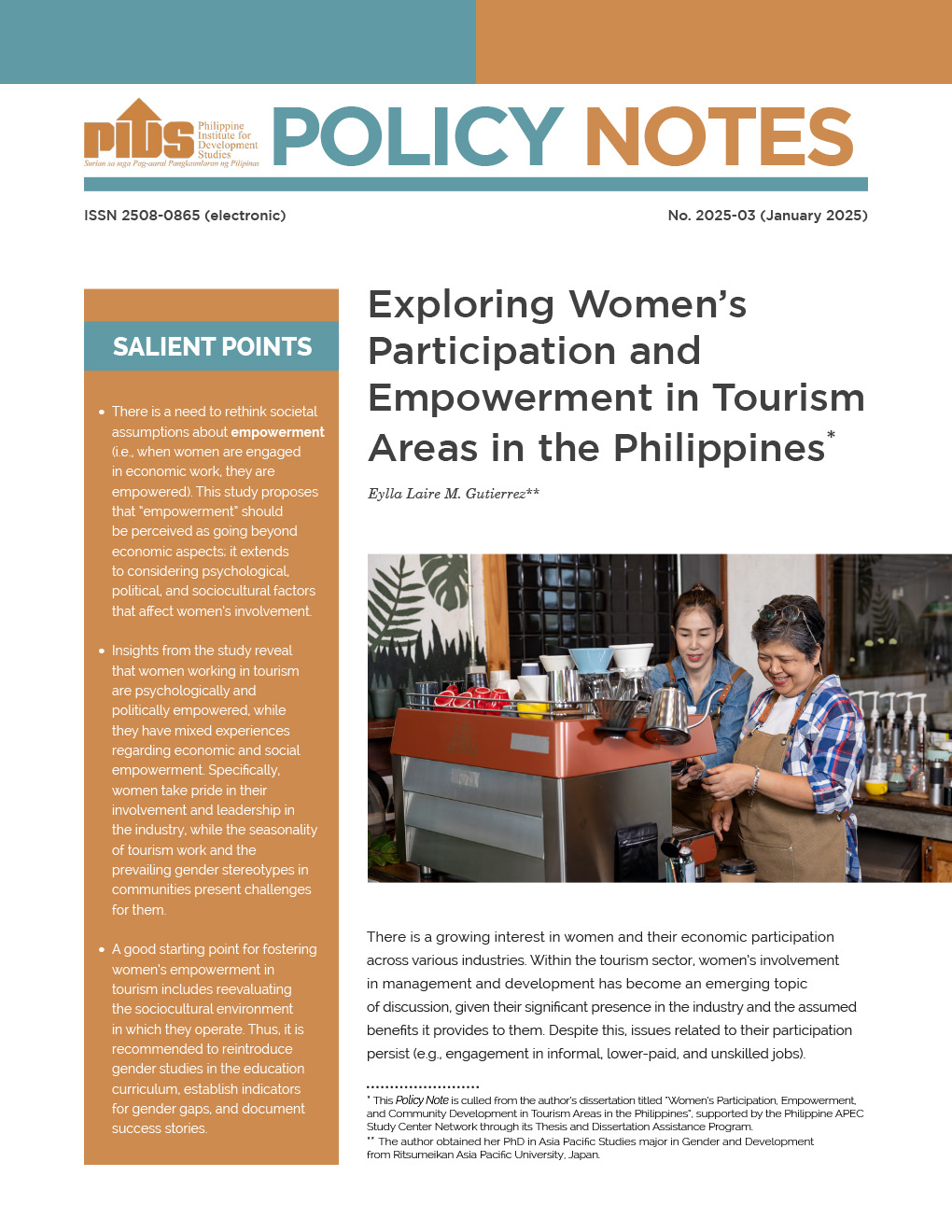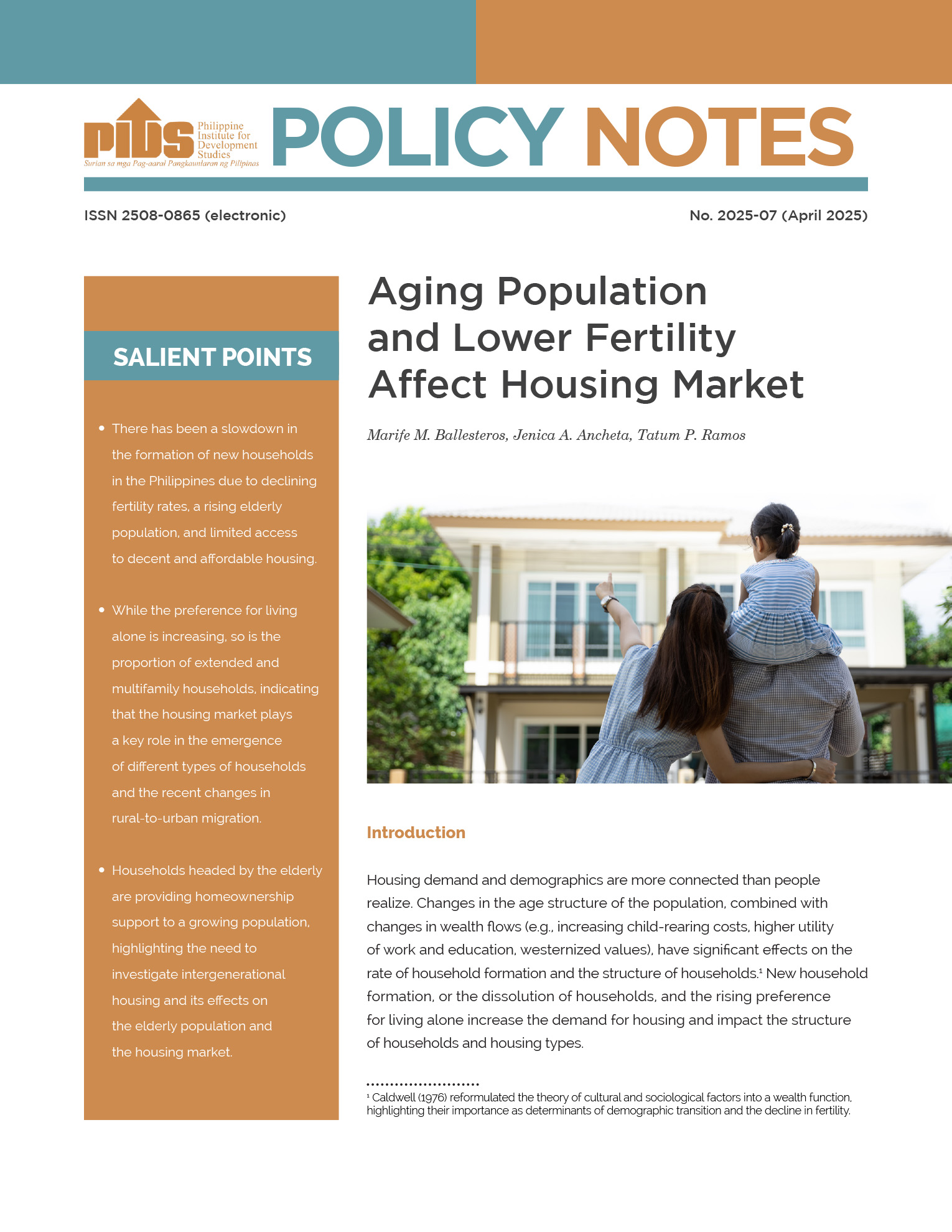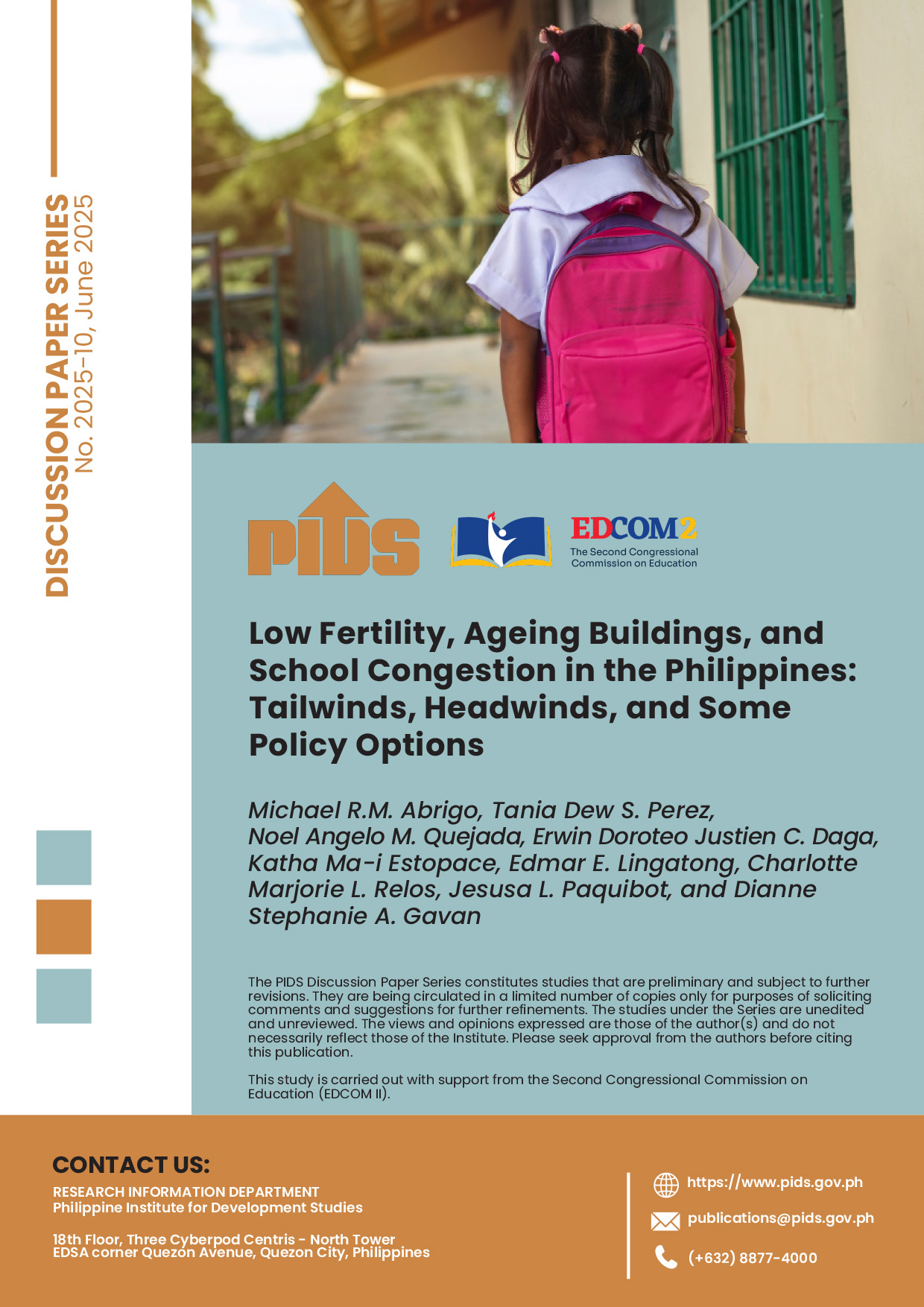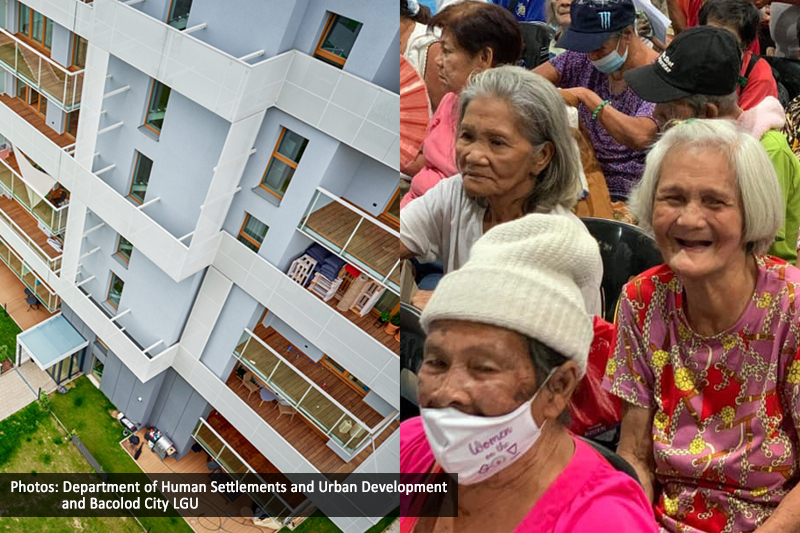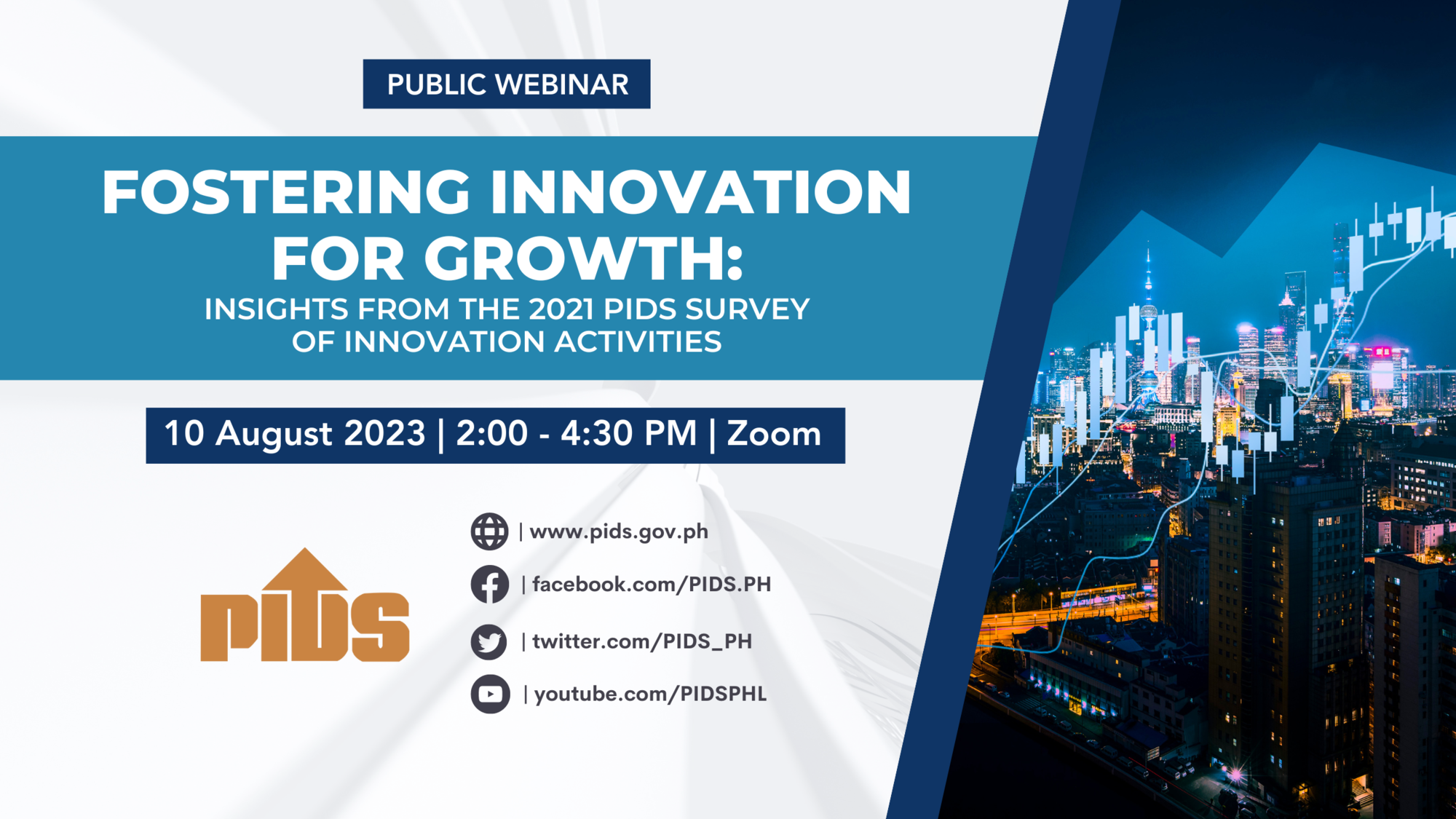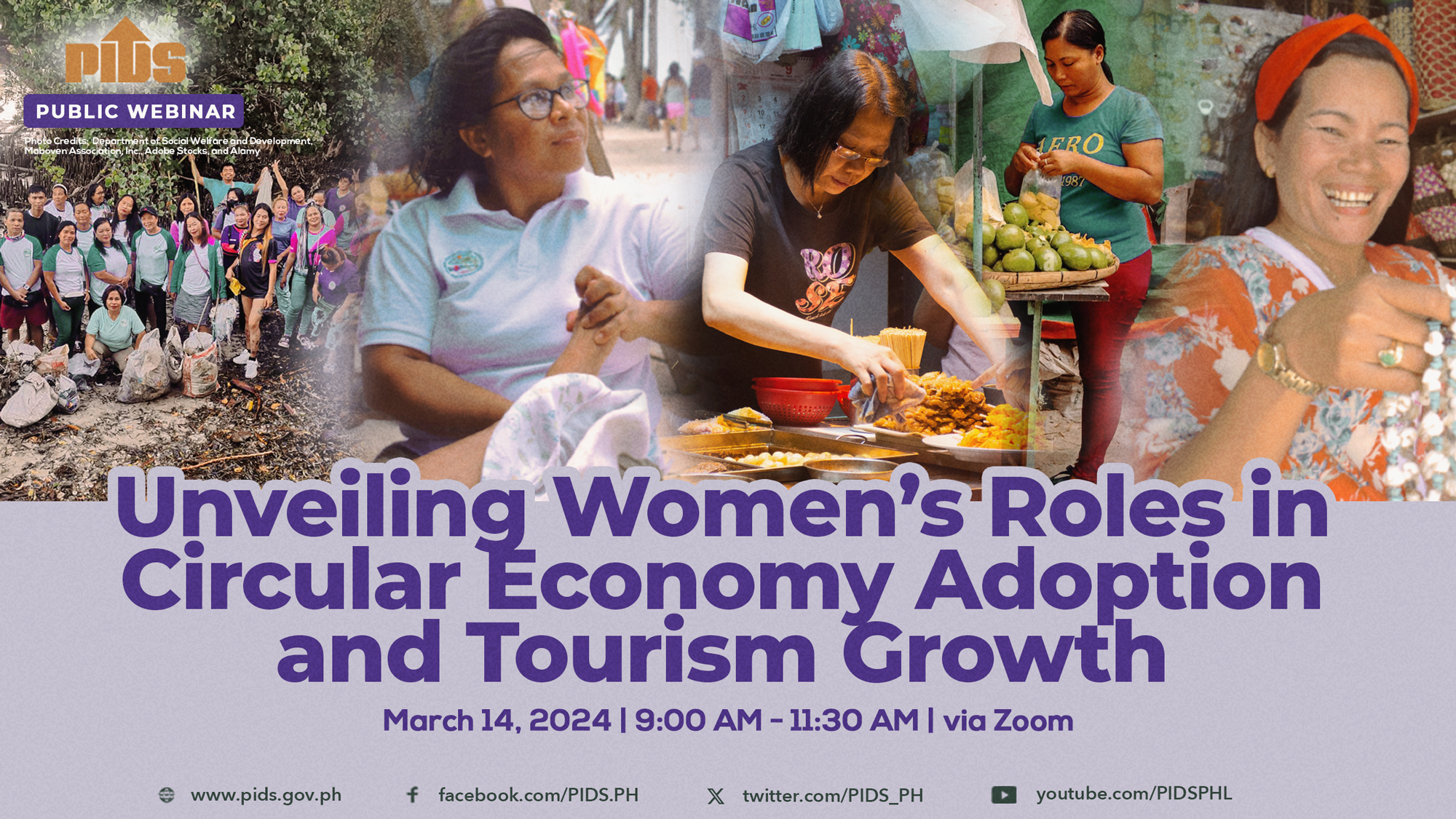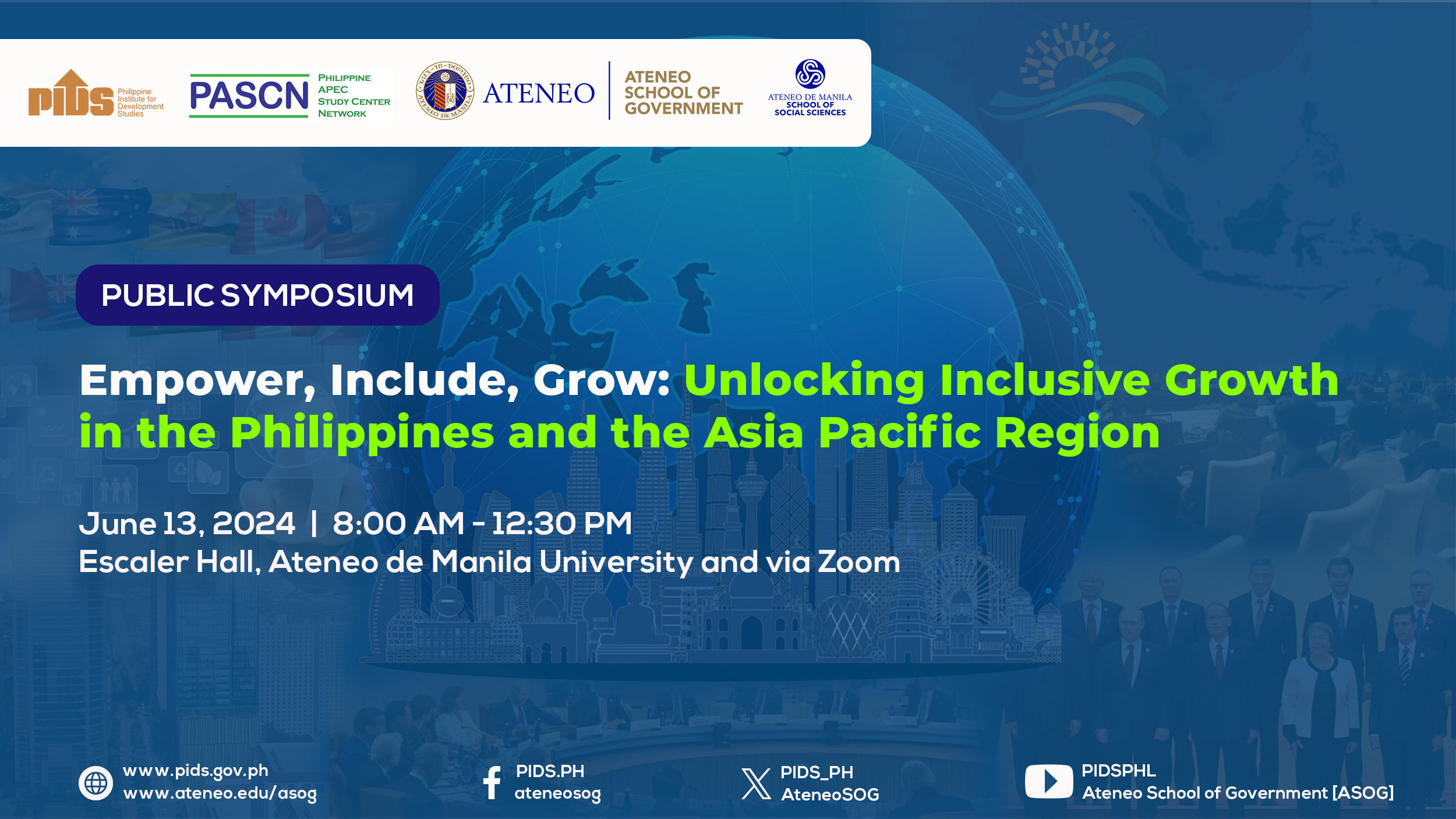Conclusion
TO prop up the country’s rice self-sufficiency level, the Aquino administration has rolled out its Food Staple Sufficiency Program (FSSP) in 2010. The program called for huge budgets to fund strategies for increasing the food supply in the country.
However, the drought caused by El Niño is making it more difficult for the Philippines to achieve its rice self-sufficiency goal.
The expected damage to be caused by El Niño has forced the Philippines to start buying this year its rice requirements for 2016. Last month the National Food Authority (NFA) purchased 750,000 metric tons (MT) of rice via a government-to-government procurement scheme. The volume includes the 500,000 MT of imported rice needed by the Philippines next year in preparation for El Niño.
More than El Niño, however, experts said the Philippine government will have to find better ways to achieve its self-sufficiency target in the next five years in light of the country’s growing population.
Dr. Suthad Setboonsarng, member of International Rice Research Institute (Irri) Board of Trustees, said in his presentation before the Asean Rice Future Forum in Vietnam that the 10.6 million increase in the country’s population in five years could force the Philippines to import more rice.
Global Rice Science Partnership Director of the Irri Bas Bouman said providing incentives for Filipino farmers to adopt best-management practices, land consolidation and strengthening the value chain in the Philippines can help the country increase its farm productivity.
For Bayer CropScience Asia-Pacific Region Head Sascha Israel, public-private partnerships (PPPs) also play a vital role in not only ensuring increased farm income, but food security, as well.
He emphasized that it will be difficult to provide a set of solutions to the challenges in the farming sector, if only one entity, such as the government or a private company, will focus on addressing these problems.
"If we [the government, private corporations and farming communities] assemble a set of tools and deploy them effectively to a large farm base, then we can get the maximum impact. It is our [Bayer CropScience] objective to align with the government and develop more PPPs so a lot can be achieved,” Israel said at the sidelines of the Asean Rice Future Forum in Vietnam.
Setboonsarng, for his part, said the government should allow the private sector to deliver the food- security objective, as government focuses on policy -making and assessment.
"[The government] should give the task of food security to the private sector. Don’t do it yourself; make them [private sector] responsible for it,” Setboonsarng said.
As an example, he said rice traders in Singapore are mandated to allot 3 percent of their stocks for emergency purposes.
The Philippines, for its part, is rolling out the High Yield Technology Project, a PPP which aims for the provision and utilization of high-quality rice seeds with yield-enhancing inputs to raise farm-level productivity.
Agriculture Assistant Secretary for Field Operations and National Coordinator of the Rice and Corn Program Edilberto de Luna said, during his presentation in the Asean Rice Future Forum, four private seeds companies are targeting to reach 570,000 to 715,000 hectares of land planted with hybrid rice in the next two years.
"These companies have already committed to plant as much as 715,000 hectares of land planted with hybrid rice. That is their target for the next two years,” de Luna said.
Another example of a partnership among the public, private and other sectors, but on a global scale, is the Sustainable Rice Platform (SRP), which was established a few years ago. Bouman said the SRP is a multistakeholder global alliance among 29 institutions, representing governments, private sector, non-governmental organizations and the international research community.
Early this year, he said members of the SRP came up with a global sustainability standard, which is aimed at strengthening and connecting the rice- value chain.
About 46 requirements in eight sustainability dimensions–labor rights, health and safety, harvest and post-harvest, farm management, preplanting, water use, nutrient management and pest management–were released by the SRP.
"We came up with 46 requirements. This is what came out of a global-scale platform. But 46 is still far too many. You can’t present smallholder farmers or small groups of farmers with 46 complex requirements. But we’re going in the right direction,” Bouman said.
Bouman added that different stakeholders from the SRP are testing and verifying the standards in their own backyard to see if they can be operationalized in farms.
Rolando Dy, executive director of the Center for Food and Agri Business of the University of Asia and the Pacific, told the BusinessMirror in an e-mail that the country will not be able to reach its rice self-sufficiency target in 2015 due to El Niño and Typhoon Lando. El Niño will also hinder the self-sufficiency goals in 2016, he said.
Philippine Institute for Development Studies (PIDS) Roehlano Briones agreed that achieving rice self-sufficiency on the short run looks "bleak” due to the poor projections on rice production owing to El Niño.
However, Briones emphasized that the reason the Philippines cannot be self-sufficient in rice is the huge gap between the price of rice in the domestic and world markets. He said the high price of rice in the domestic market is due to the high cost of production in the Philippines, as compared to the rice-exporting countries.
He said last year, the consumers in the Philippines were tolerating a cost of rice at P38 to P40 per kilo, double the price in the world market at P20 to P22.
"Even then we were still importing, even at a relatively low level. Now we are relaxing that somewhat for 2015 because we are anticipating even more production shortfalls [due to El Niño]. We know that if we continue to fail to import that domestic price is going to continue to spiral up,” Briones said.
"We can always achieve self-sufficiency, but at what cost? At what cost is the Philippines insisting on being able to produce all of its domestic consumption? Literally, if we are willing to accept P80 per kilo of rice, sure, we can be self-sufficient. But that would be pushing it to extremes. If we want a domestic price which is not seriously misaligned with the world price, then no, we are not going to be self-sufficient,” he added.
Briones said the huge gap in the domestic and world prices of rice has also become an incentive for smuggling and an opportunity foregone for poor people to benefit from cheaper rice.
"By keeping out the foreign rice, it’s basically a policy of expensive rice,” he said.
In view of the increasing population in the Philippines in five years, which Briones estimates to be about 9.3 million higher, he said the country will need approximately another 1.6 million tons of palay to feed the additional number of people.
"But then again, this is falling into the usual trap of matching quantities with quantities. This is exactly what underlies the current self-sufficiency targeting. We are completely oblivious to the difference in prices between domestic and world market,” he said.
According to Briones, it is also likely that the Philippines will not be able to close the gap in the prices.
"Anything we can do, they can do better. They’re also not at a standstill. They’re also applying investments, technological innovations, and so on and so forth. By the time we catch up with them, they already ran ahead,” he said.
The country’s geography also puts it at a competitive disadvantage, Briones said. The Philippines, being an archipelago with limited land areas and water resources is at a disadvantage as compared to other rice-exporting countries, such as Vietnam and Thailand, which have large mainland areas and river basins.
Dy, for his part, said the country should focus more on income sufficiency rather than food self-sufficiency.
He said food security has three aspects: affordability, availability and food quality.
Based on the Global Food Security Index 2015 released by the Economist Intelligence Unit, the Philippines currently ranks 72, with an overall score of 49.4, in terms of food security. It is ranked 73rd in affordability, 66th in availability and 68th in food quality.
"There are 25.8 million poor in 2014, out of 100 million. They can’t buy sufficient food due to low incomes. Even if there is sufficient food supply, they are not affordable to many poor. So if the poor have better incomes, they can afford to pay for food, local or imported,” Dy said.
He added that of the 25.8 million poor Filipinos in 2014, 20 million are in the rural areas, where the main source of livelihood is agriculture and fishing. Dy said increasing their farm productivity will increase their income and enhance their buying power for food.//
Population growth threatens PHL rice self-sufficiency goal

